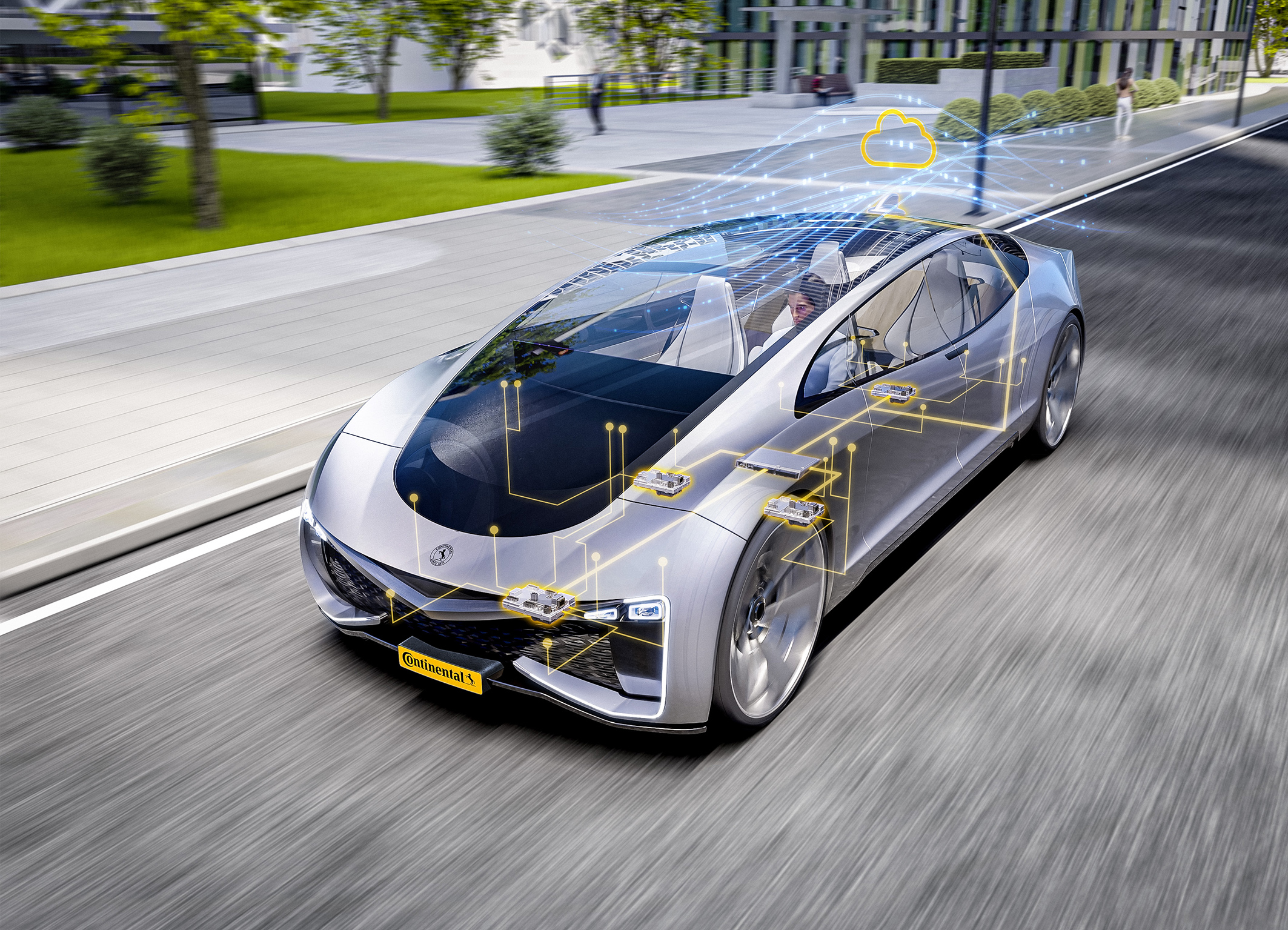US President Biden signs executive order on AI
President Joseph R. Biden signed an executive order (EO) to build U.S. capacity to evaluate and mitigate the risks of artificial intelligence (AI) systems to ensure safety, security, and trust. The order also aims to promote an innovative, competitive AI ecosystem that supports workers and protects consumers. The U.S. Department of Commerce will play a key role in implementing the EO, combining sophisticated standards and evaluation capabilities. This will be paired with a robust combination of reporting requirements and voluntary measures. Specifically, the National Institute of Standards and Technology (NIST), the Bureau of Industry and Security (BIS), the National Telecommunications and Information Administration (NTIA), and the U.S. Patent and Trademark Office (USPTO) will be responsible for carrying out a significant portion of the EO’s objectives.
“The Commerce Department plays a pivotal role in the U.S. government’s approach of seizing the potential that comes with the development of advanced AI. It also works to mitigate dangerous capabilities or risks to safety. Today schools executive order reaffirms that leadership as our Department prepares to undertake significant responsibilities to carry out the President. This is vision to build a safer, more secure world,” said Secretary of Commerce Gina Raimondo. “Building on the voluntary commitments secured from leading American companies earlier this year. The President is taking a critical step forward to facilitate and incentivize safe and responsible innovation in AI.”
Experts at NIST will lead technical work on AI safety for the U.S. government. Building on existing work, they will develop industry standards for the safe and responsible development of frontier AI models and create test environments to evaluate these systems. They will also develop standards on privacy and on authenticating when content is AI-generated.
“Expanding on our wide-ranging efforts in AI, NIST will work with private and public stakeholders. NIST will carry out its responsibilities under the executive order,” Under Secretary of Commerce for Standards and Technology and NIST Director Laurie Locascio said. “We are committed to developing meaningful evaluation guidelines, testing environments, and information resources to help organizations develop, deploy, and use AI technologies that are safe and secure. We also commit to enhancing AI trustworthiness.”
BIS will invoke the Defense Production Act to institute measures to enhance safety as next-generation frontier AI models are developed. These measures will include requirements for developers to report the steps they are taking to test their models and protect them from theft. These measures build on the White House voluntary commitments on safety, security, and trust. It will promote the safe development and use of AI.
“AAI technology is a powerful tool that can be both a force for good and potentially dangerous if developed. It used unsafely or in the hands of malign actors,” said Under Secretary for Industry and Security Alan Estevez. “The Bureau of Industry and Security stands ready to develop the regulations and procedures mandated by today’s executive order. These regulations will enhance safety and protect our national security and foreign policy interests. They aim to achieve this without hindering the ability for technological developments and trade to flourish.”
NTIA will prepare a report among other assignments to assess the risks and benefits of publishing model weights online. It also focus on assessing the risks and benefits of “open sourcing” model weights. Open-source materials, and the communities that create them, can drive innovation. But these model weights may also pose risks if they fall into the wrong hands.
“We at NTIA keenly focus on the power and promise of open source AI systems,” said Alan Davidson, Assistant Secretary of Commerce for Communications and Information and NTIA Administrator. “These systems have the potential to unleash innovation across the country. They place accessible AI tools in the hands of startups, researchers, and individuals. But they also pose unique risks in terms of potential misuse and harm. As part of our work in the executive order, we will assess how to move forward with open source AI systems. We will do this in a way that is accountable and responsible.”
USPTO will clarify key issues at the intersection of intellectual property and artificial intelligence.
“When it comes to artificial intelligence, there is enormous potential for our country for supporting inclusive and equitable innovation and entrepreneurship. There is enormous potential for our country for solving world problems at speed and scale. But we must move thoughtfully and carefully to mitigate risk and to ensure AI adoption is responsible. The President’s executive order strikes that balance, ensuring we incentivize innovation in critical and emerging technologies, including through appropriate intellectual property protections for inventors and creators. The order also advances national security and AI safety,” said Under Secretary of Commerce for Intellectual Property and Director of the U.S. Patent and Trademark Office Kathi Vidal.
The Department will also play a critical role in international venues. It aims to ensure safe, secure, and trustworthy AI development and use globally. Later this week, Secretary Raimondo will travel to the United Kingdom to participate in the AI Safety Summit 2023. Earlier this year, Secretary Raimondo joined President Biden at the White House to announce the voluntary commitments on AI from leading American companies. She helped to secure these commitments. Moreover, she has been a leader in securing the G-7 Principles and Code of Conduct, which were also announced. She authored an op-ed in July on AI with Secretary Blinken for the Financial Times.




